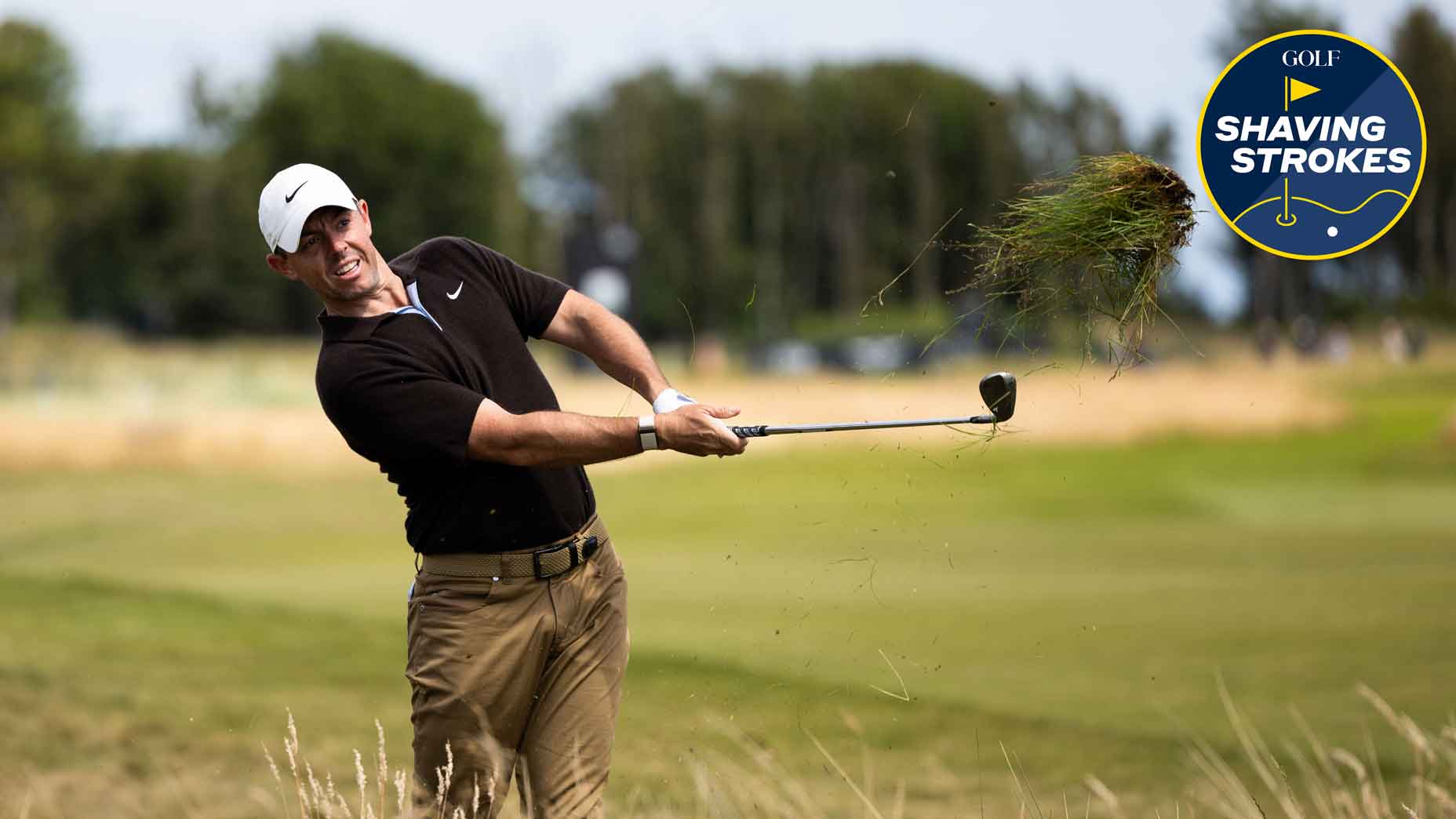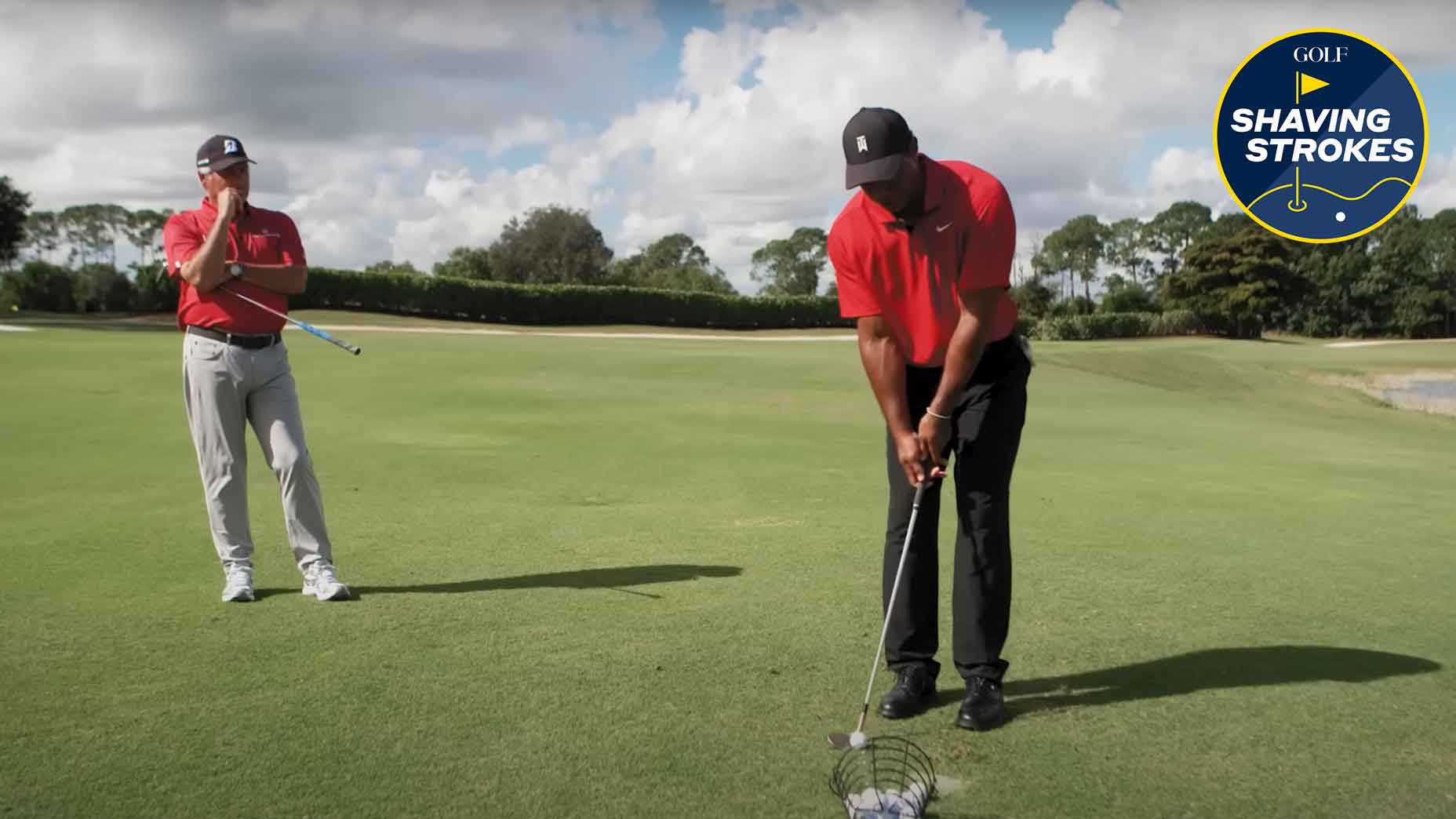 Practicing on range mats? Here are the benefits and drawbacks
Practicing on range mats? Here are the benefits and drawbacks
Top 100 Teacher: If you can’t stop chunking chips, try this move
My study of the short game started many years ago when my brother, Tom, played two full practice rounds with Seve Ballesteros. I was caddying, and with my video camera in tow, I recorded every one of Seve’s short-game shots, as well as shots from other greats like Raymond Floyd, Corey Pavin and Greg Norman. I found there are often five elements to the setup and swing that ensure short-shot success. Two are steepening elements, one is neutral, and the remaining two work to shallow the club.
Elite performers create a balance in the five variables, while poor short game players tend to have an imbalance. I write about this in great detail in my first book, Your Short Game Solution, and this concept has helped many of the best players in the world. In essence, if you’re struggling with inconsistent contact and control, you’re either too steep or too shallow. You’ll know you’re too shallow if you trade off hitting behind the ball one time and catching it thin the next. Sound familiar?
A common mistake I see in “too-shallow” golfers is a shift of pressure into the back leg in either the backswing or downswing. Their energy moves away from the target. The Seves of the world, meanwhile, have a slight reverse pivot in the backswing and then move pressure even more into their front foot as they swing into the finish. You want to feel your energy flow toward the target in your soft wedge swings, first through your feet and then your head movement. This will subtly steepen your angle of attack, move the low point of your swing forward and bring balance to your technique.
ADVERTISEMENT

ADVERTISEMENT





